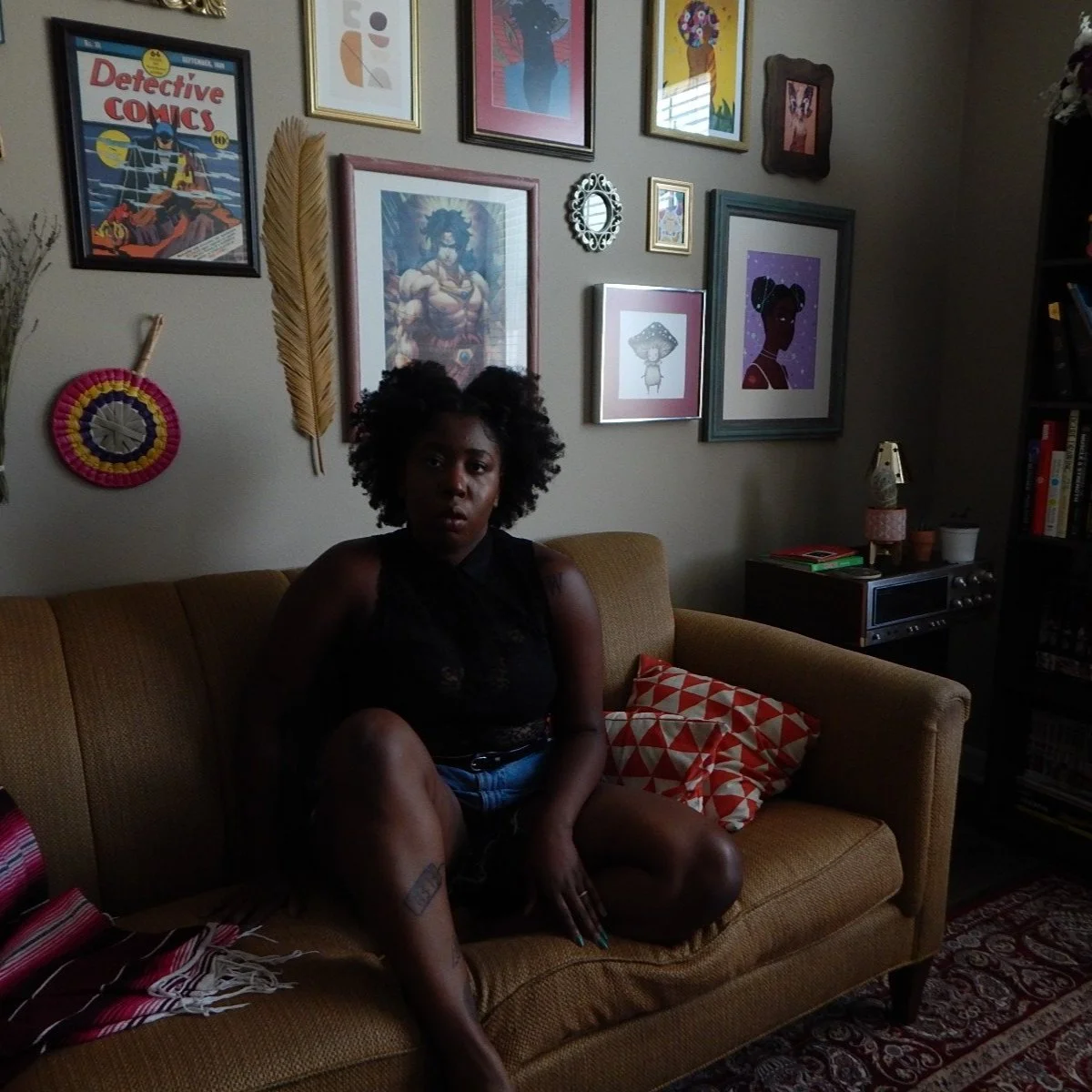Shooting on a Broke-Ass Budget: How to Maximize Locations, Lighting, and Crew
Ideas for securing free or low-cost locations, using natural light effectively, and working with a small (or one-person) crew
So, you’re ready to shoot your masterpiece. Are you sure about that? Sure, you’ve got a script you love and maybe you’ve even storyboarded some great scenes with easy-to-use software. But wait – what’s left? The visual in your mind of how everything will go is one thing but while your palms itch waiting to shoot, it’s important to remember: Nobody makes a film in a vacuum. You need a crew to help set up your places to shoot “on location” as they say. Before jumping into the deep end of broke-ass filmmaking, let’s look at some ideas about what it will look like to fulfill your pre-production checklist.
Let’s start at home…
Using your own home and the homes of friends and family as set locations is a cost-effective way to bring your film vision to life. Many people are surprised to learn what a normal room can become once set design comes into play. I worked on a production where a loft was turned into an abortion clinic lobby. A patio can become a cozy café, a basement into a secret hideout, etc. Strategic lighting, props, and clever camera angles can disguise a space’s true identity, making even the most familiar rooms feel like entirely different locations. Simple tricks like changing wall decorations, adding temporary furniture, or using green screens can help create the illusion of a high-budget production. By leveraging personal spaces and creativity, filmmakers can stretch their budgets while maintaining a professional and visually compelling aesthetic.
Photo by Cottonbro Studio
Re-think what your local spots can offer…
When you must take your broke-ass production on the road, utilize readily available locations like local libraries, parks, and schools which can add production value without extra cost. Many public or community spaces, with the right permissions, can serve as versatile sets. For example, a school cafeteria can easily double as a romantic eatery with the right set dressing — adding small tables, swapping out trays for tablecloths, and adjusting the lighting can completely change the atmosphere. Similarly, an office lobby can transform into a hotel reception, or a local park can stand in for a remote countryside. Creative use of angles, props, and lighting allows filmmakers to maximize existing spaces, making them feel like entirely new and intentional settings.
All of the lights, especially the broke-ass ones…
For broke-ass productions, lighting is crucial but it doesn’t have to be expensive. Bargain stores like Five Below offer affordable LED lights, ring lights, and small clip-on lights that can be used creatively to enhance scenes. These inexpensive options can add necessary brightness, create mood lighting, or serve as practical sources within a shot. With a little bit of elbow grease, even the cheapest lights can be positioned effectively to mimic professional setups.
Even more lighting options…
On Amazon, bundling lighting kits — such as softboxes, LED panels, and reflectors — can help save money compared to buying individual pieces. DIY solutions like using white bed sheets as diffusers or aluminum foil as reflectors can further stretch the budget. By strategically placing and layering cheap lights, filmmakers can achieve professional-looking results the broke-ass way. This approach proves that good lighting doesn’t require an expensive setup — just smart planning and resourcefulness.
Photo by Ron Lach
Sometimes you gotta phone a friend…
For some of the most broke-ass productions, enlisting family and friends to fill essential roles can save money while keeping the project running smoothly. Even with little to no experience, they can handle basic tasks like holding a boom mic, setting up lights, managing props, or even acting in small roles. A friend with a steady hand can operate the camera, while another can assist with simple makeup and wardrobe. Providing clear instructions and keeping responsibilities manageable ensures that everyone contributes without feeling overwhelmed. By relying on a supportive network and focusing on teamwork, filmmakers can stretch their resources while still achieving a high-quality final product.
For when you have to hire…
Sometimes, as much as your wallet will cry, hiring essential personnel like a sound recordist, cinematographer, or editor is crucial to ensure the final product meets quality standards for film festivals and distribution. Poor audio, shaky visuals, or sloppy editing can make even a well-written film feel amateurish, potentially hurting its chances at acceptance or the coveted “Official Selection.” While you might be limited with cash payment systems or being able to afford certain rates, offering alternative forms of compensation — such as gas gift cards, meals, or small stipends — can make the work worthwhile for skilled professionals willing to collaborate on indie projects. Investing in key crew members where it matters most helps elevate the production, making it more competitive while still staying within budget.



